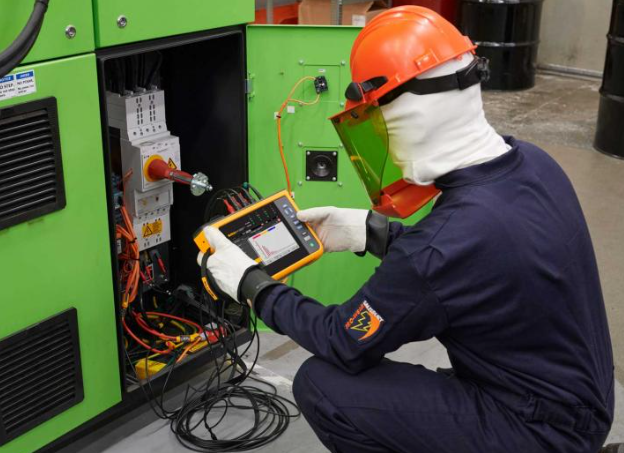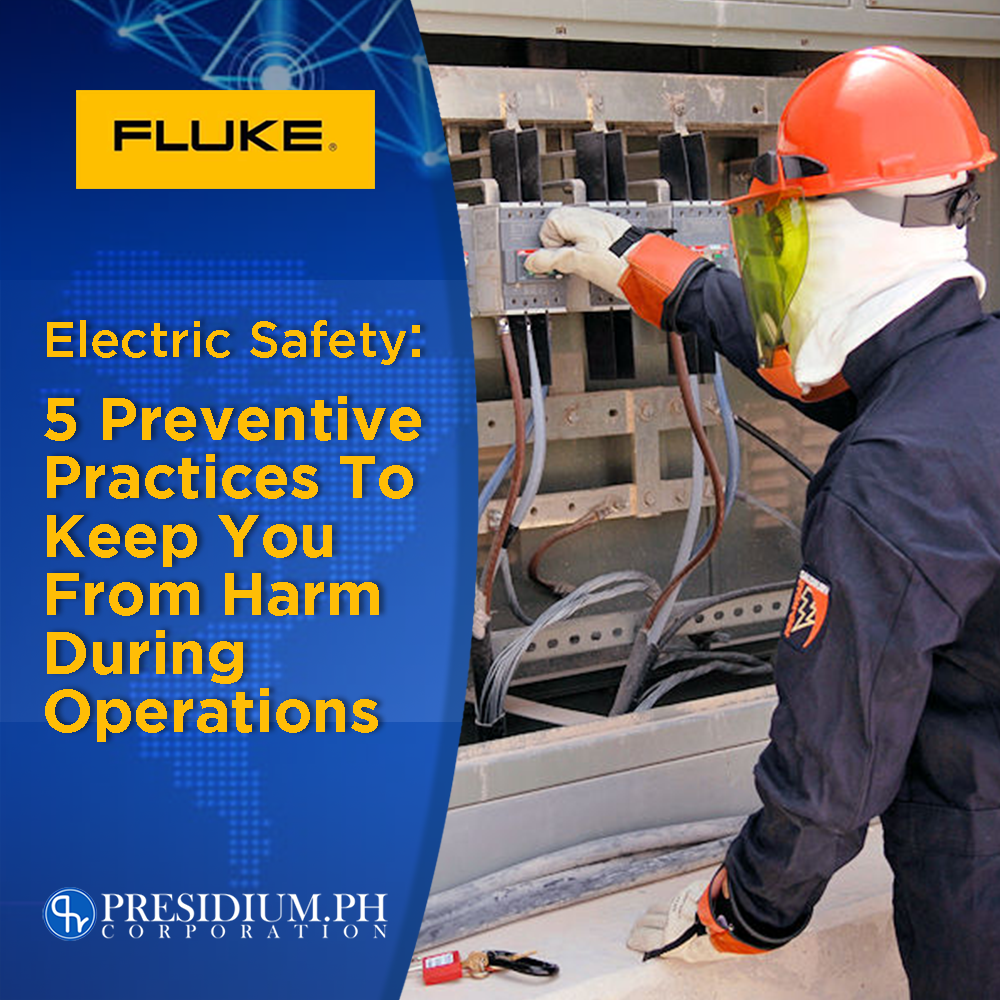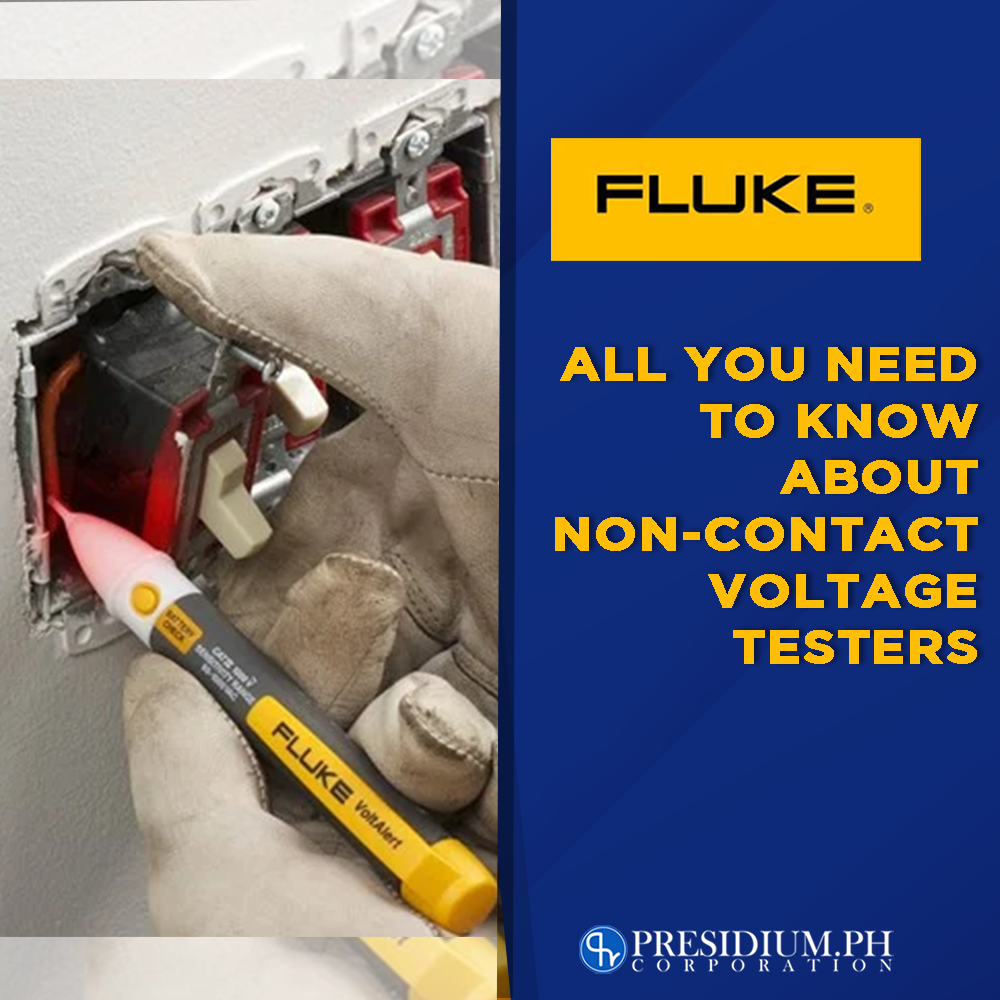Safety Installation of Photovoltaic Systems Using Fluke Tools
One of the most revolutionary inventions (and is continuously developing) is photovoltaic systems. What may seem like a feature in most flashlights can now be a part of our everyday lives! Photovoltaic systems are an applauded feature in most establishments because of their ability to produce natural energy from the sun. Not only that but it also holds other benefits as well. Therefore, a lot of people are preferring to install solar panels to power their establishments. With this said, let us talk about the safe installation of photovoltaic systems using Fluke tools.
Photovoltaic systems and Fluke tools…
Fluke was commended for its impeccable performance in the industrial field. No wonder why most maintenance and women favor these yellow holstered tools for their maintenance and test checks. This specifically includes the safe installation of photovoltaic systems. If you have not experienced installations of this innovative product yet, you will be surprised by how sensitive they are.
Naturally, the key role of Fluke tools in safely installing these systems in homes and different establishments. You see, what most people do not know is that PV systems run on batteries. It can significantly decrease electricity bills and make the most out of sustainable lights. Seriously, what more can a person ask? Therefore, Fluke tools make the most key role in maintaining these systems because of their specialty to detect underlying faults of electrical devices, panels, and the heat intake of your PV systems.
Potential photovoltaic problems
Primarily, you must consult a professional in such time you are decided to install PV systems in your place. Again, the installation process is most crucial and sensitive, so it is important for you to have trained hands to oversee everything. If you have hired untrained workers to do it on the other hand, then better be ready to face a couple of mishaps along the way.
PV systems are great investments especially when they are working properly. Therefore, the installation is a significant process when quality performance is on the line. Nevertheless, here are the possible faults that may occur during the installation and operations of PV systems according to an official Fluke source.
Potential problems that may occur:
- Extensive shading of the PV array
- Insecure structural attachment to rooftops and other structures
- Inadequate weather sealing for roof and other penetrations
- Unsafe wiring
- Unsafe battery installation or improper battery maintenance or use
- Insufficient conductor ampacity and/or insulation type
- Using unlisted equipment
- Wrongfully applying listed or unlisted equipment
- Improper placement of overcurrent protection and disconnect devices
- Improper system grounding
- Poor labeling on major system components and disconnected devices
- Inadequate documentation on system design and operating and maintenance requirements
- Inadequate environmental protection for certain system components
Last min inspections.
So, you have installed everything, and all things are already in their place, right? Then it is high time for final inspections! This will also come in handy for maintenance purposes. Given the fact that PV systems are always in direct contact with violent UV rays of the sun, as well as its other components, having a quick maintenance check should be in the works to make sure that your PV systems stand the test of time.
Typical maintenance items that PV installations may require include:
- Check the wiring connections and terminations if it is loose or is starting to corrode.
- See if the wiring harnesses are neatly bundled and protected.
- Make sure that your PVs are clean! This means they are free of damage and structural integrity.
- Inspecting roof penetrations and weather sealing.
- Maintaining batteries, which may include cleaning, adding electrolytes, charge equalization, and replacement if needed.
Make sure to use the right tools for the task!
Yes, we are talking about the indestructible Fluke test tools. They are undoubtedly the best tools for the task. Rugged, dependable, and most of all, ensures optimum safety for all users. So, if you want to make sure that you are getting the right results for your photovoltaic systems, better use a trusted tool to get the job done.
Ideally, you should be able to perform tests on your PV systems whether you are installing or maintaining them. The most preferred test tool for the job is a high-quality digital multimeter with an amp clamp. So, if you’re planning on running on solar panels permanently, consider having them on standby for daily maintenance checks.
Use it as soon as you receive the equipment and again after the installation. This will help you get a clear grasp of output voltage and current. Also, remember that the appropriate unit needs to be connected in series to provide the proper voltage. Make sure that the sections are connected in parallel to provide the proper current.
Get your test tools through an authentic source!
Rest assured that through proper measurement, you can achieve the best PV solutions for your establishment, homes, facilities, and businesses. So, if you’re currently looking for the best-performing test tools in the market to run daily maintenance checks on your machines, you’re in luck cause Presidium PH is an authorized distributor of Fluke test tools in the Philippines. Prevent these faults from penetrating your machine by using the best test tools there are!
If you want to know more about Fluke tools and their functions, visit our website for more info! This is a one-stop-shop for the best test tools within Metro Manila.











